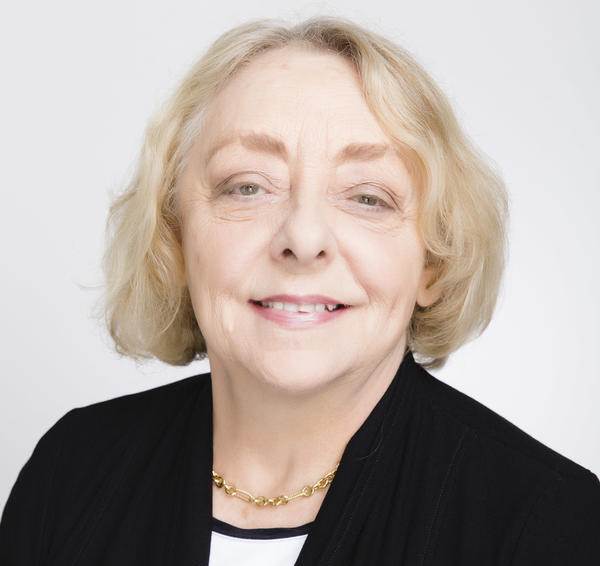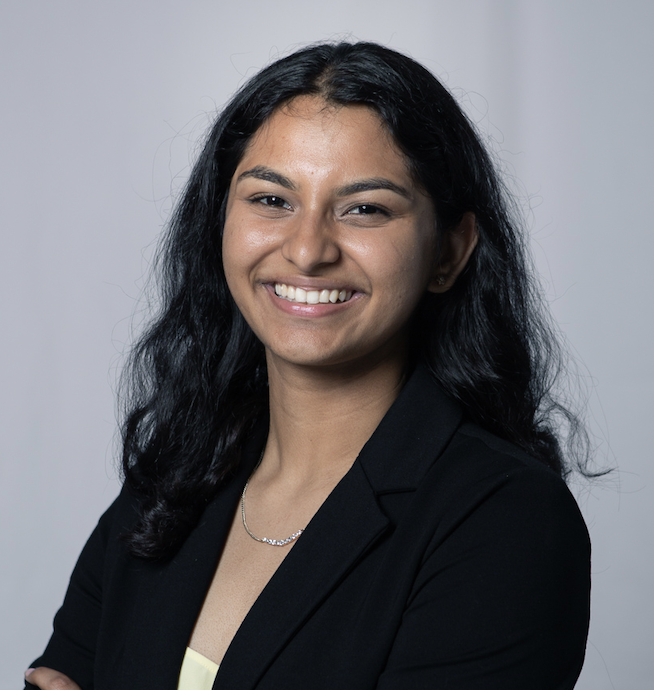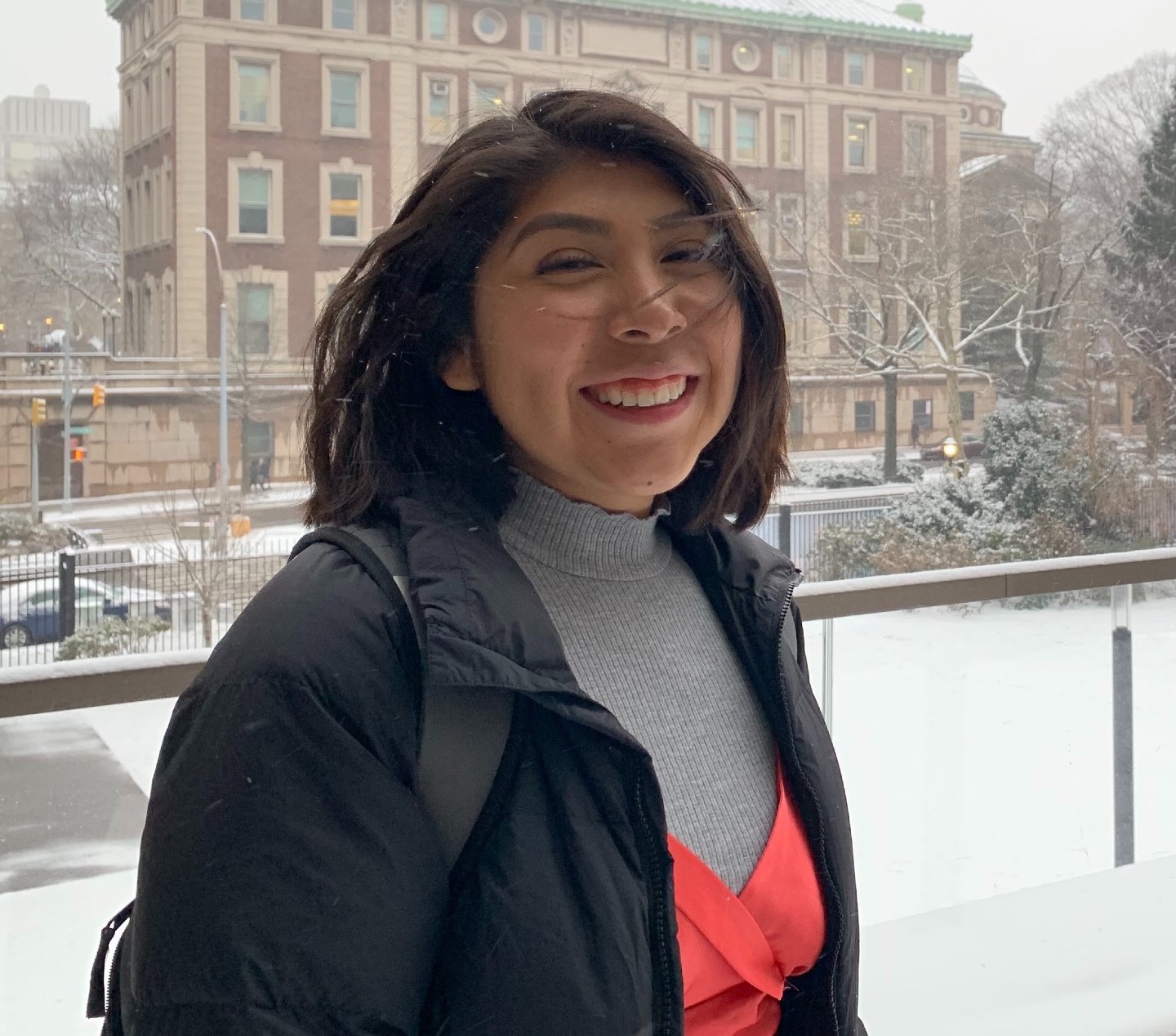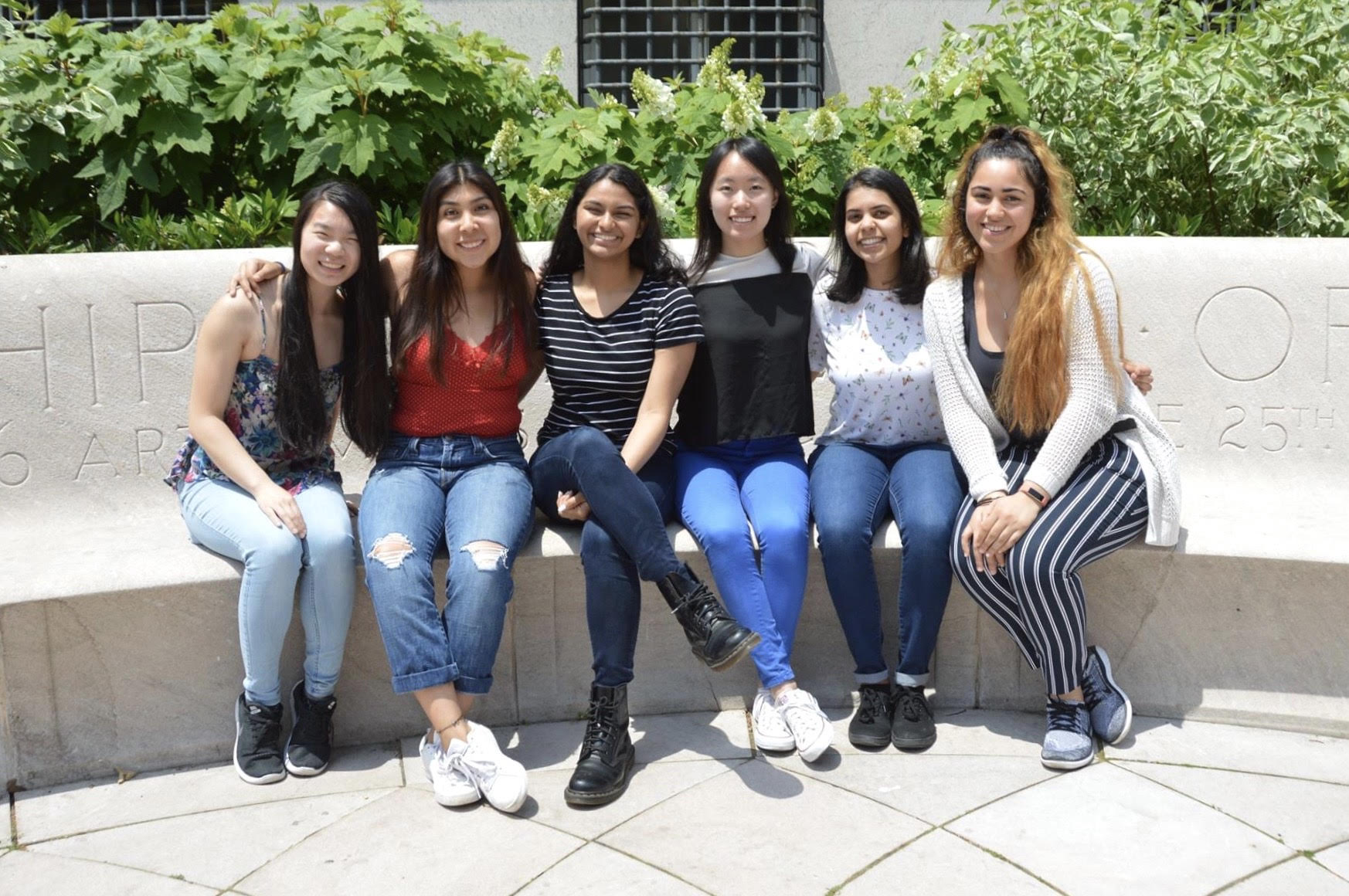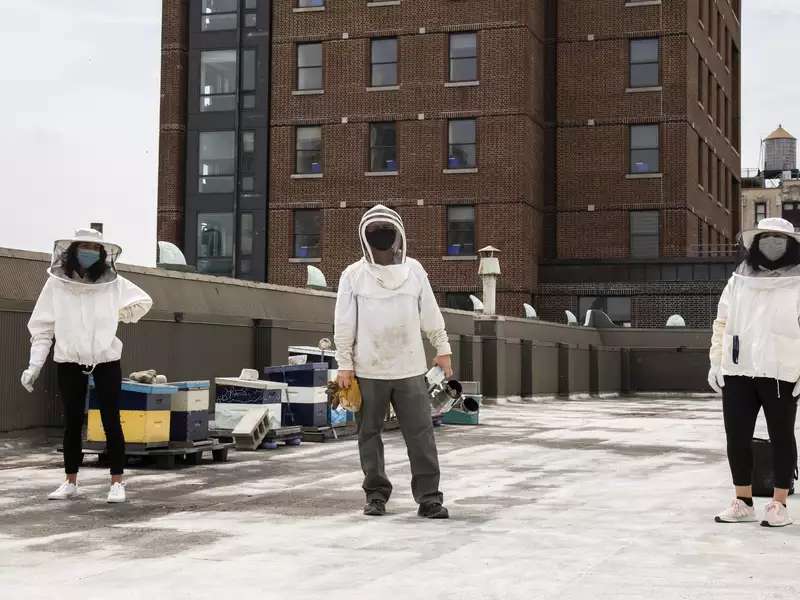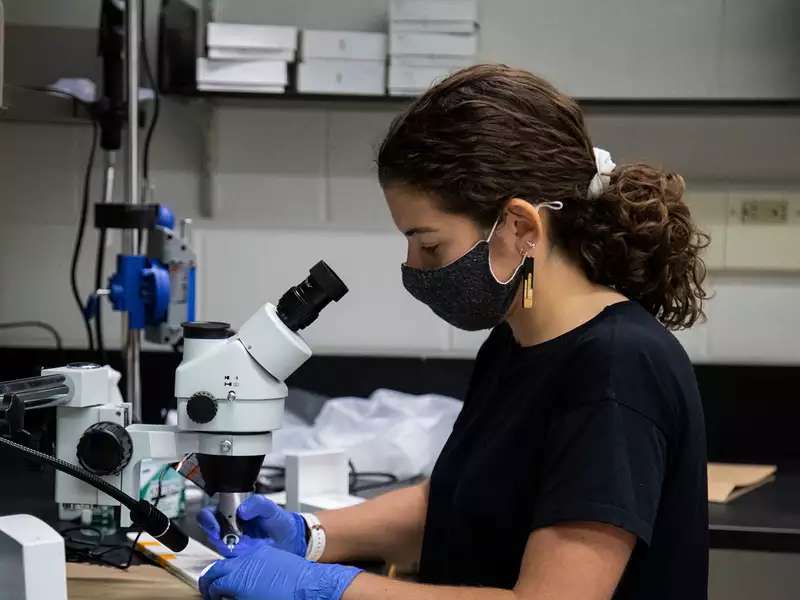New scientific research is always ongoing at Barnard, be it with the bees on the roof of Barnard Hall, through the annual Summer Research Institute (SRI), or remotely during the pandemic. At the Silver Lab, Rae Silver — the Helene L. and Mark N. Kaplan Professor of Natural & Physical Sciences — regularly partners with Barnard students and alumnae to provide mentorship and publication opportunities to young scientists interested in behavioral neuroscience. One of Silver’s primary research areas is circadian rhythms, the natural process by which the brain internally regulates its own sleep-wake cycle.
What’s especially exciting about the latest published paper from the lab, which is housed across Broadway on Columbia’s campus, is that it was produced by a predominantly Barnard team. The eNeuro paper “Arginine Vasopressin-Containing Neurons of the Suprachiasmatic Nucleus Project to CSF” features Alana Taub ’18 as the lead author, along with Yvette Carbajal ’21, Kania Rimu ’20, and Rebecca Holt ’18. The team of recent alumnae and one current senior also worked with Barnard senior research scientist Joseph LeSauter and Columbia graduate students Yifan Yao and Amanda L. Hernandez.
“Working with Barnard students in the lab is fun, funny, and endlessly rewarding,” said Silver of her mentor-mentee relationship with tomorrow’s scientific leaders. “I share the universal experiences of teachers teaching: There is never a dull moment. Every day is different. We teach each other new skills, all the time. We continuously learn and grow.”
For this paper, the researchers focused on the hormone vasopressin, which is released by neurons of the suprachiasmatic nucleus — a tiny region of the brain in the hypothalamus — during the brain’s circadian rhythm. Hormones involved in the circadian rhythm, like vasopressin, are found in high concentrations in four interconnected cerebrospinal fluid cavities in the brain. The team at the Silver Lab found a source of the rhythms that fluctuate vasopressin levels by discovering a neural connection between the suprachiasmatic nucleus and the cerebrospinal fluid cavities.
These findings broaden scientists’ understanding of how vasopressin signals occur, which, in turn, increases their knowledge of ways to intervene when disruptions to the circadian rhythm occur. “Although the brain is a small vital organ, it is interesting to know how many questions we still have left unanswered,” said Rimu of her interest in neuroscience research. “My research really excites me because our work helps me understand more about our own bodies and sleep cycles.”
Working on a strong Barnard team has benefits beyond the scientific discoveries. For Carbajal, being in a woman-run lab has helped her to overcome her feelings of imposter syndrome. “It was the guidance and support of the Barnard women in my lab that allowed me to grow and learn as a scientist,” said Carbajal. “My fellow lab mates were so intelligent and confident in their work, it was inspiring to be around such strong women with incredible skill. Seeing my work culminate in a publication is exciting because it encapsulates this journey of self-confidence in my own scientific knowledge and capabilities.”
Taub also highlighted how crucial mentorship is to fostering a new generation of women in STEM. “While classroom instruction is important to initially learn scientific theories, when it comes to research, hands-on experience in a lab is where the fun and action is,” she said. “Mentorship is so important because that is where one learns and practices the techniques: tissue handling, fluorescence labeling, microscopy, analysis, and even the simple things like balancing schoolwork, lab work, and other life responsibilities and passions.”
